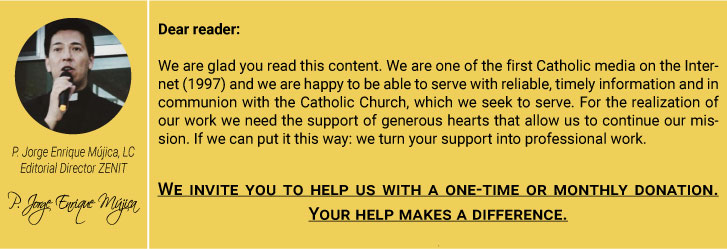But what is the importance surrounding these two feasts? Can a Plenary Indulgence be obtained for yourself or deceased loved ones? How does the celebration of Halloween overshadow this important feast in the Church?
These are just some of the questions that ZENIT asked Cardinal Mauro Piacenza. As the Major Penitentiary of the Apostolic Penitentiary, he oversees the Vatican tribunal responsible for issues regarding mercy and the forgiveness of sins.
In Part I of this interview with Cardinal Piacenza, ZENIT asked about the upcoming feasts and the possibility of obtaining indulgences for Catholics and their deceased loved ones.
* * *
ZENIT: Eminence, the Feasts of All Saints and All Souls will be celebrated soon. The People of God live these days in a profound way, which is also an occasion for reflection and prayer. Is the practice of indulgences for the deceased still valid?
Cardinal Piacenza: Yes, certainly! On November 2, visiting a cemetery and having fulfilled the usual conditions (having gone to Confession, to Communion, having recited the Creed and prayed for the intentions of the Holy Father), it is possible to obtain a Plenary Indulgence, applicable to a deceased faithful.
ZENIT: Is it only possible on that day?
Cardinal Piacenza: No, on that day it is possible to do so in a particular way by visiting a cemetery. However, it is possible to gain a Plenary Indulgence every other day of the year, by carrying out the various works of piety, contained in the Enchiridion Indulgentiarum (the compilation of ways in which it is possible to obtain the cancellation of the punishments due to sins), and to choose to apply it to oneself, or to a deceased faithful. The only “limitation” to this pious practice is that it can only be obtained once a day; therefore, one can gain only one [plenary] indulgence a day, applicable to oneself, or to a deceased faithful.
ZENIT: At times, in some holy cards, there are these words “100 days of indulgence, 300 days of indulgence.” How must these words be interpreted?
Cardinal Piacenza: Until the reform of the Second Vatican Council, it was possible to find indications of this type. The correct theological reflections leads us to hold that, eternity being out of time and not a “prolonged time,” the specific indication is not opportune of the temporal punishment and the relative indulgence. Therefore, today we speak only of two types of indulgence: Plenary, when all the punishments due to sins are cancelled, or Partial, when only part of them are forgiven.
ZENIT: But isn’t sacramental absolution enough? Isn’t it enough to go to Confession?
Cardinal Piacenza: The first great Reconciliation, certainly, is the event of the Death and Resurrection of Our Lord Jesus Christ! In Christ, all the Father’s promises became a “yes” (2 Corinthians 1:20). He is the source of mercy, the end of mercy and mercy itself. Pope Francis does not cease to remind the Church how this reality of mercy is crucial for the Christian announcement and discipleship. If you look more closely, Saint John Paul II’s admonition “Be not afraid” is in the same line of mercy. Also because, how could man not be afraid if there wasn’t the possibility of mercy? And how could mercy be a real lived experience, and not just a proclaimed word, if it didn’t determine, in the concrete existence of each one, the effective possibility of overcoming all fear thanks to the certainty of the truth, the serenity of the good and, lastly, of Christ’s victory over all the ugly things of human history?
As every human act, sins also have their consequences. The Sacrament of Reconciliation absolves from sins, but it does not eliminate all the related consequences. Through indulgences, Mother Church draws generously from the treasure of divine mercy, offering the faithful the possibility of the remission, not only of their faults, but also of the punishments due to them. For instance, if a man strikes another man, the two can reconcile themselves, but nothing will be able to cancel the pain and the sign of the slap on the cheek. Indulgences also cancel that sign. The treasure from which the Church draws and constitutes her truest and most precious richness is well understood. It is the surest and most consoling bank that exists and her shareholders are truly fortunate!
(Part II will be published on October 31, 2014.)




